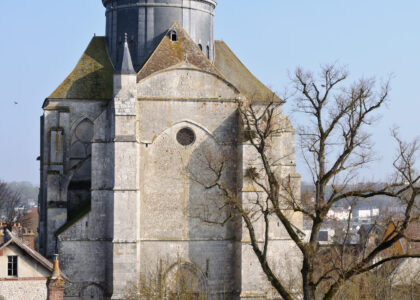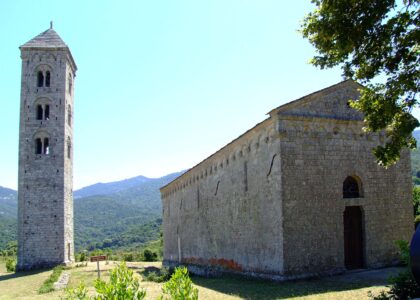Welcome to the Sleeping Buffalo Rock, a remarkable historical and cultural site located near Saco, Montana. This ancient weather-worn effigy holds a deep spiritual significance for several Native American tribes, including the Cree, Chippewa, Sioux, Assiniboine, and Gros Ventre, as well as the Blackfeet, Crow, and Northern Cheyenne. For centuries, it has been revered for its spiritual power, intertwining the sacred with the secular in the worldview of these tribes.
The Sleeping Buffalo Rock was originally part of a granite outcrop on a wind-swept ridge overlooking the Cree Crossing on the Milk River. This outcrop was envisioned as a herd of reclining buffalo, with the Sleeping Buffalo Rock as its leader. The rock itself is carved with incised markings that define the horns, eyes, backbone, and ribs, making it resemble a resting buffalo.
In 1932, the rock was moved from its original location to a city park in Malta, Montana. However, its separation from its ridgetop companions seemed to have made it restless, with local stories claiming it changed position and even bellowed at night. In 1967, the rock was moved again to its current location at the junction of US 2 and MT 243, where it was joined in 1987 by the larger ‘Medicine Rock,’ also collected from near Cree Crossing.
Despite its relocations, the Sleeping Buffalo Rock continues to be a focal point for traditional ceremonies, serving as a tangible link to the ancestral peoples of the high plains. Its presence here is a reminder of the time when the buffalo represented the power of the prairie.
The rock is more than just a geological formation; it is a cherished symbol of cultural heritage and spiritual significance. Visitors often approach it with respect, leaving offerings such as coins or tobacco, as a sign of reverence for its enduring legacy.





